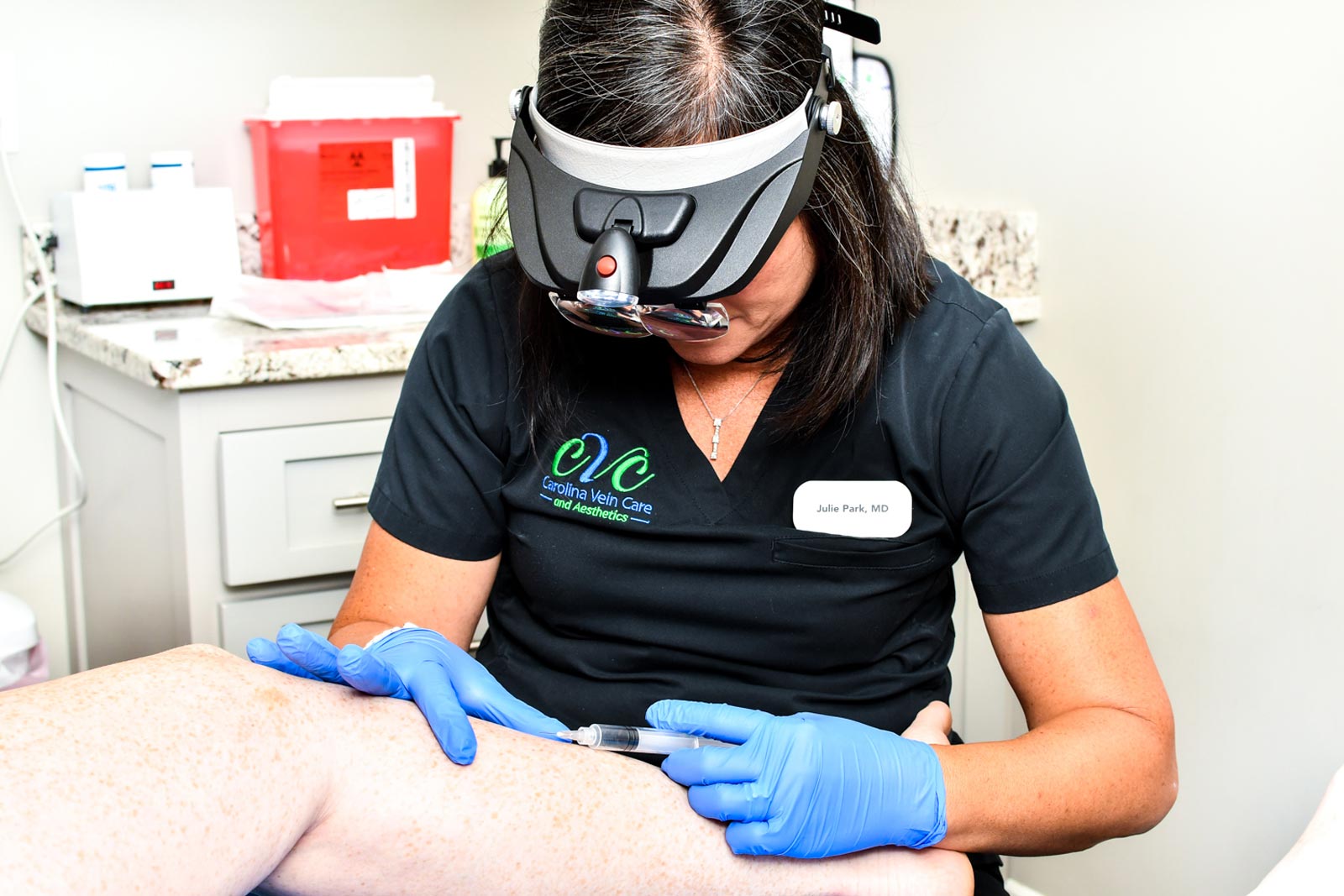What’s New Vein Research

Did you ever wonder where the media gets their news regarding the latest developments in medical research? They have staff writers who review press releases and summaries of recent research that is either published in a prominent medical journal or presented at a national medical meeting. The original research is published using technical medical language (otherwise known as “jargon”) which is often difficult for non-medical people to understand. This can result in a “lost in translation” effect, in which the “take-home message” for the general public is less than obvious.
What does this mean for my veins?
The purpose of my blog, “Vein Research – What does this mean for my veins”, is to review current published medical research from established, verified sources, that I read and then distil the information that is relevant to the care of my patients and the general public, free of medical jargon, and written in non-technical language. I choose the research articles myself based upon whether, in my opinion, there is an easily understood and important message to convey.
Earlier in my career, I spent many years in academic medicine publishing my own medical research in the field of vascular surgery, and I also served as a reviewer of other’s research for a medical journal. This has given me a good understanding of the process of medical research publication, an appreciation for how these publications are worded for medical professionals, and how I can use my background to curate and “interpret” the research findings in a relevant and understandable manner.
As the reader, I hope you will find the information to be helpful. And as a disclaimer, the information presented here represents my opinion and is not to be construed as medical advice. Please consult with your own physician, or consider making an appointment to see us before making any medical decisions.
Results of Polidocanol Endogenous Microfoam in Clinical Practice
What does that mean for my veins? Since the FDA approval of a commercially-prepared formulation of polidocanol foam (PEM - polidocanol endovenous microfoam), PEM has been commonly used to treat varicose veins of the legs. The doctors who authored this research publication studied their results with PEM treatment of varicose veins, after FDA approval, since...
The Clinical Relevance of Anterior Accessory Great Saphenous Vein Reflux
What does that mean for my veins? So what is the “anterior accessory great saphenous vein”, and why did I choose this paper to summarize for you? Well I’m glad you asked! First of all, the “anterior accessory great saphenous vein” is one of the leg veins that can cause varicose veins. It gets it’s long-winded-must-have-been-named-by-a-bored-doctor name...
A Prospective Safety and Effectiveness Study Using Endovenous Laser Ablation with a 400-mm Optical Fiber for the Treatment of Pathologic Perforator Veins in Patients with Advanced Venous Disease
What does that mean for my veins? In this study, Dr. Kathleen Gibson and her other physician co-investigators evaluated the effectiveness of a new technique to treat abnormal leg veins that can be the cause of venous ulcers using a small laser fiber placed through a tiny needle to close the abnormal veins. This technique has been used for many years now to...
Spontaneous Hemorrhage from Varicose Veins: A Single-Center Experience
What does that mean for my veins? This research study addresses the problem of bleeding from varicose veins. Thankfully, this is a very uncommon problem, but when it occurs the bleeding can be quite dramatic, and in some cases life-threatening. At the very busy Vascular Institute of New York in Brooklyn, over a 29-month period they saw 808 new patients...
Clinical Response to Combination Therapy in the Treatment of Varicose Veins
What does that mean for my veins? In this research study the physicians compared two different “schools of thought” regarding varicose leg vein treatment - should the varicose veins be treated with a more simple approach where only the main source of the varicose veins is treated, or should this main source be treated plus all of the other visible,...
Radiofrequency and Laser Vein Ablation for Patients Receiving Warfarin Anticoagulation Is Safe, Effective, and Durable
What does that mean for my veins? The most commonly used method for treating varicose veins of the leg is called “ablation”, which is a technique by which a small plastic tube (catheter) is inserted into the abnormal vein under local anesthesia and with ultrasound guidance, and generally performed in the physician’s office. The method works by delivering...

